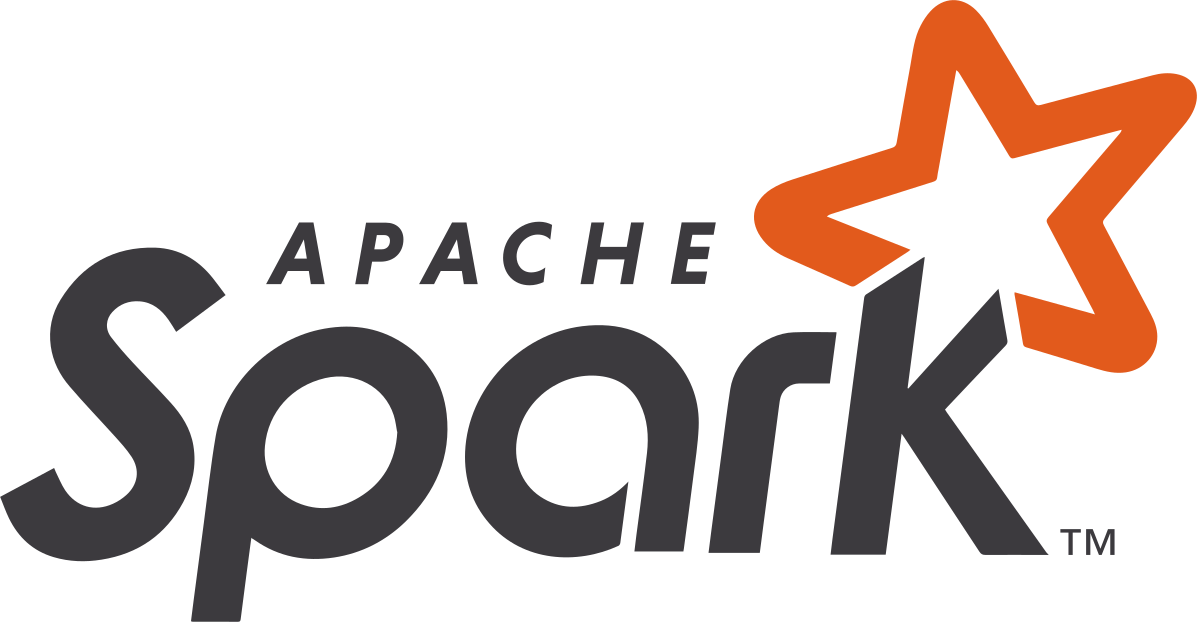Stream Processing: Fundamental Knowledge and Usage of Tools
Stream processing is one of the most significant parts of data engineering as it produces real-time insights and continuously updates the data flow. Stream processing is about analyzing, filtering, and transforming the continuous flow of data in real-time. It processes data in motion as opposed to batch processing which processes data in batches or blocks. In this post, we will go through the fundamentals of stream processing and some popular tools for stream processing.
Fundamentals of Stream Processing
Types of Stream Processing
Stream processing can be classified into two types based on how it processes data:
-
Real-time Stream Processing: This type of stream processing is used for processing data in real-time. It processes the data immediately as soon as it arrives at the system. This type of processing is suitable for use cases such as fraud detection, online personalization, and real-time recommendations.
-
Near Real-time Stream Processing: This type of stream processing processes data within a short amount of time, usually within seconds or minutes of arrival. This type of processing is mainly used for use cases such as clickstream analysis, log analysis, and user behavior analysis.
Stream Processing Architecture
Stream processing systems have two main components: Stream Processors and Stream Sources. A typical architecture of stream processing is shown below.

-
Stream Processor: This component is responsible for processing the incoming stream of data and producing the desired output. It is responsible for managing the dataflow in the system and ensuring that data is always available for processing. Some popular stream processors include Apache Kafka, Apache Flink, Apache Storm, and Apache Spark Streaming.
-
Stream Source: This component is responsible for generating and providing streams of data for processing. It can be a web server, a messaging queue, a device, or any other source that can generate streams of data.
Challenges in Stream Processing
Stream processing presents a unique set of challenges that are not present in batch processing. Some of the challenges encountered in stream processing are:
-
Data Ingestion: Stream processing systems need to be equipped to handle a high volume of data ingestion. It is critical to manage the data flow in the system and ensure that data is received, processed, and stored correctly.
-
Latency: Stream processing aims to produce real-time insights, which means they have to process the data as soon as it arrives. This challenge calls for efficient data processing systems that can handle high volumes of data and maintain low latency.
-
Fault Tolerance: Stream processing systems need to be fault-tolerant as they process data in real-time. It is essential to ensure that the system can handle faults without compromising data quality and processing times.
Popular Tools for Stream Processing
Stream processing demands specific tools to handle the unique challenges present in stream processing.
Apache Kafka
Apache Kafka is a distributed messaging system used for building real-time data pipelines and streaming applications. It supports high-throughput, scalable, and fault-tolerant data transport over the network. Apache Kafka is known for its excellent performance that can handle millions of writes and reads per second.
Apache Flink
Apache Flink is a fast and highly scalable distributed stream-processing engine. It processes large amounts of real-time data and supports a broad range of streaming applications. Apache Flink supports low-latency data processing, advanced event-time processing, and efficient stateful stream processing.
Apache Spark Streaming
Apache Spark Streaming is a distributed stream processing engine built on top of Apache Spark's core engine. It supports fault-tolerant streaming computation and data analytics. Apache Spark Streaming supports micro-batch processing that allows processing small batches of data at a time.

AWS Kinesis
AWS Kinesis is a fully managed and scalable service for real-time stream processing. It simplifies building applications for processing streaming data at scale. AWS Kinesis supports multiple use cases such as data analytics, machine learning, and real-time monitoring.

Conclusion
Stream processing is an essential part of modern data engineering. It allows processing and analyzing data in real-time, producing insights that can drive critical business decisions. In this post, we covered the fundamentals of stream processing and some popular tools for stream processing.
Category: Data Engineering
